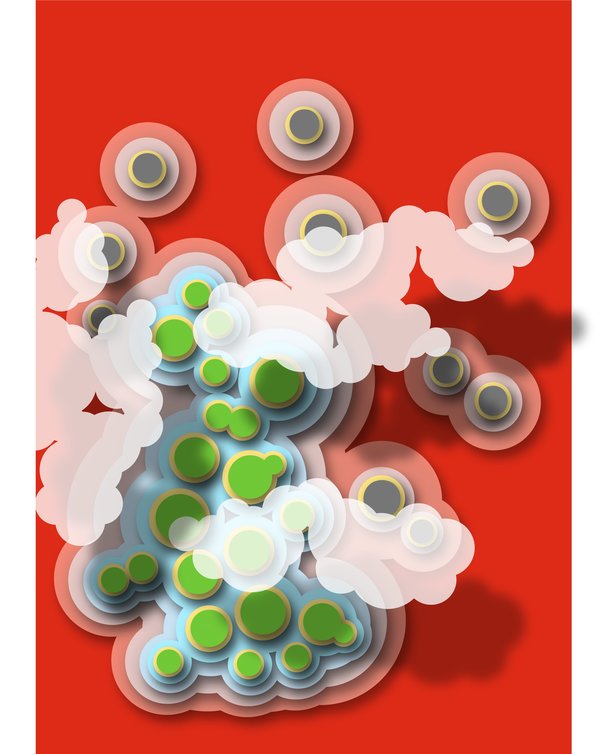Microorganisms work together to survive high temperatures
The conventional view is that high temperatures cause microorganisms to replicate slowly or die. In this current textbook view, microorganisms combat heat-induced damage on their own. In their Nature Microbiology publication, Delft researchers Diederik Laman Trip and Hyun Youk demonstrate that microorganisms (in this case baker’s yeast) can actually work together and help each other and their future generations survive and replicate at high temperatures.
The paper reports the first discovery of a natural, cooperative strategy used by an organism to survive high temperatures. Laman Trip and Youk developed experiments and a mathematical model which reveal that yeasts help each other and their future generations to replicate, survive and avoid becoming extinct at temperatures previously considered too high for survival - above 40 degrees C.
Antioxidant
Youk: ‘We discovered that cells can work together to clean up their environment. As temperature increases, baker’s yeast cells secrete glutathione to help each other replicate. Being an antioxidant, glutathione inactivates harmful chemicals such as reactive oxygen species produced at higher temperatures, which are damaging for cells. Yeast populations can avoid extinction at high temperatures by working together to produce enough glutathione to prevent damage.’
Population size matters
Art work by Max Betjes depicting succesfull and unsuccesfull populations of yeast and glutathione
The researchers investigated how populations of different initial densities responded to different temperature changes, i.e. whether they remained at a steady level, grew or died out. It turned out that only high density populations were able to survive the higher temperatures. Youk: ‘If enough yeast cells work together in a population, they have the ability to produce enough glutathione to cope with higher temperatures and so maintain a clean environment for themselves and their offspring. If there are not enough yeasts working together, then the population cannot accumulate enough glutathione, and will die out.’
Climate change
The authors consider understanding how microbes can deal with rising temperatures to be a timely and relevant topic in times of climate change. Youk: ‘We currently don't understand how different species will cope or not as the temperatures of various habitats (like the soil, ponds or sea) are inching towards the upper limits of habitable regimes. Microorganisms shape our ecosystem by serving as food and also by producing various chemicals that are beneficial for those environments (like bacteria that break down CO2 to provide oxygen). As global temperatures rise, we need to better understand what will happen to them.’
More information
‘Yeasts collectively extend the limits of habitable temperatures by secreting glutathione’, by Diederik Laman Trip and Hyun Youk. Nature Microbiology, https://www.nature.com/articles/s41564-020-0704-2
Contact info: http://www.youklab.org/people.html
Science Information Officer TU Delft Roy Meijer, r.e.t.meijer@tudelft.nl, +31 15 278 1751
Funding:
- EC | EU Framework Programme for Research and Innovation H2020 | H2020 Priority Excellent Science | H2020 European Research Council (H2020 Excellent Science - European Research Council)
- Nederlandse Organisatie voor Wetenschappelijk Onderzoek (Netherlands Organisation for Scientific Research)
- European Molecular Biology Organization (EMBO)

